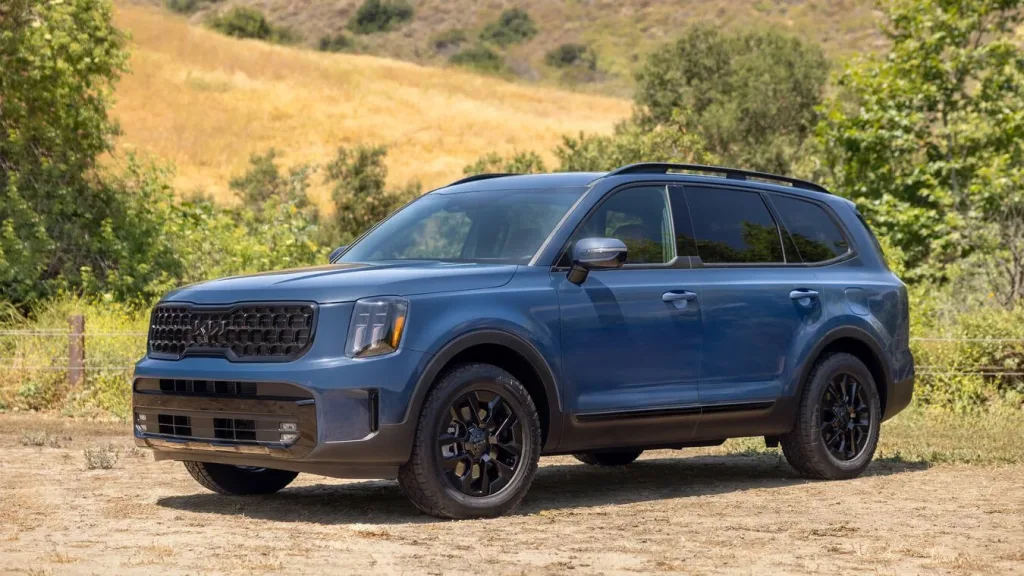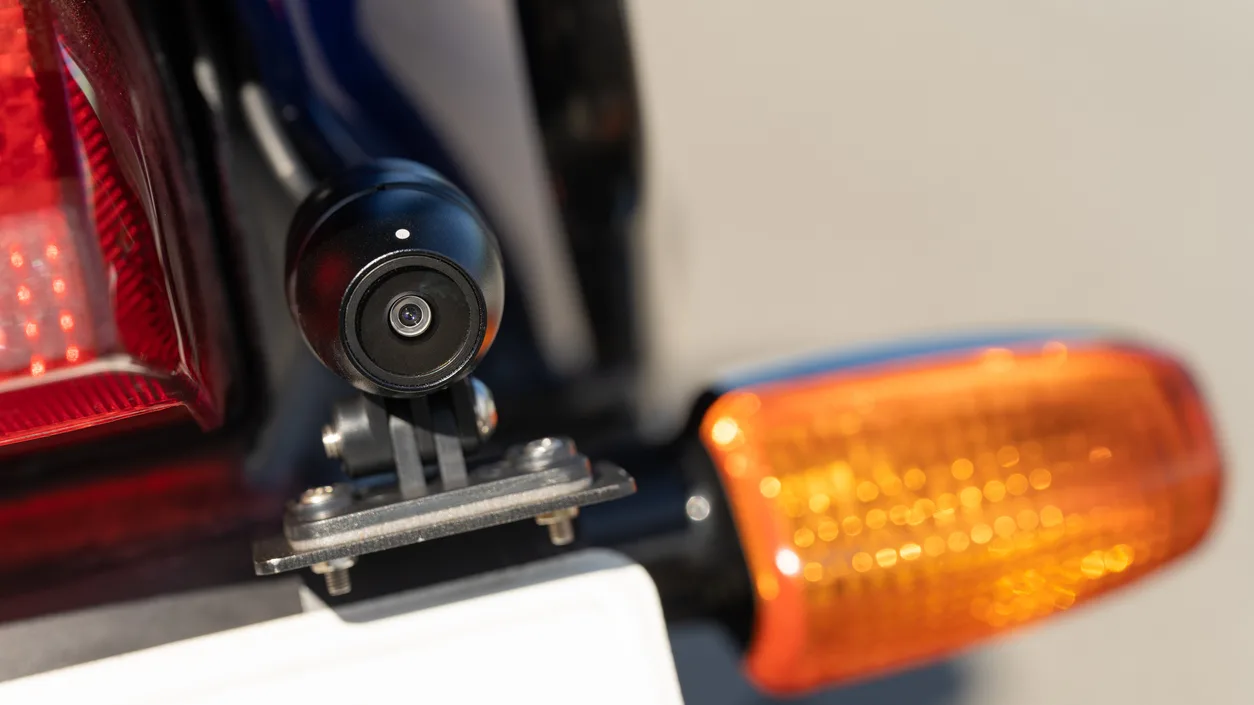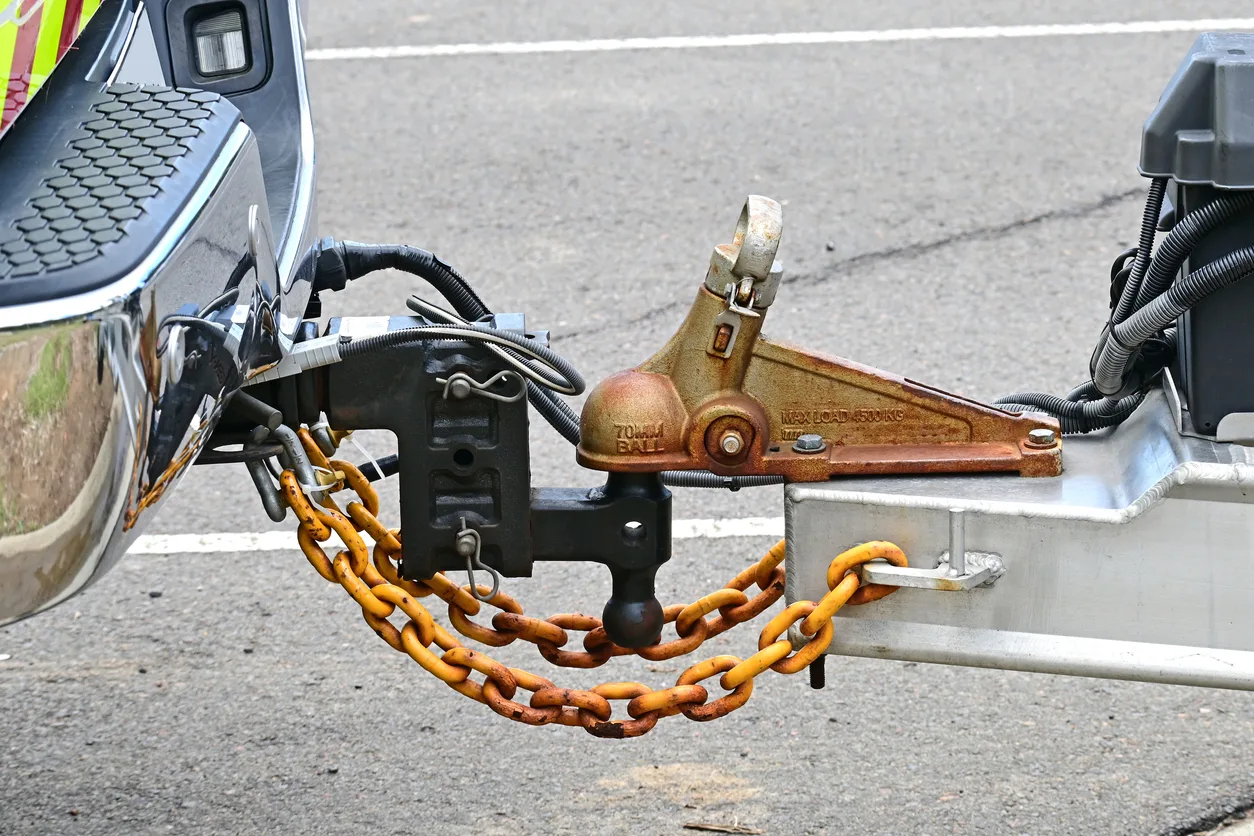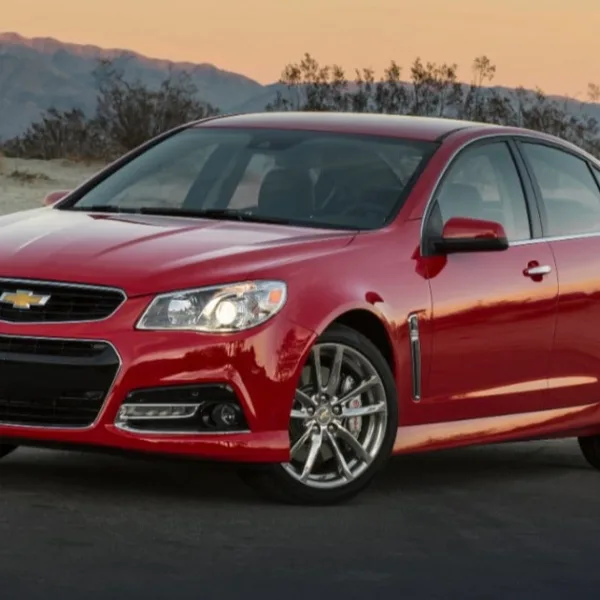Towing a trailer, whether for a weekend camping trip to a nearby Nebraska state park or for hauling equipment between Omaha and Council Bluffs, requires more than just a hitch on your vehicle.
A variety of tools and vehicle features can significantly enhance safety, comfort, and the longevity of your tow vehicle.
Understanding these options can make the difference between a stressful, white-knuckle drive and a confident, controlled journey.
Table of Contents
Electronic Trailer Brake Controller
An electronic trailer brake controller is a crucial safety device for any driver towing a trailer equipped with electric brakes.
This system synchronizes the trailer’s brakes with the tow vehicle’s, allowing for smooth, proportional braking. When you apply the brakes in your truck or SUV, the controller sends a signal to the trailer’s brakes, helping to prevent the trailer from pushing against the tow vehicle and causing instability.
For drivers navigating the rolling hills of the Missouri River Valley or the stop-and-go traffic through Omaha streets, a properly installed brake controller provides peace of mind and enhanced control.
Tow/Haul Mode: Your Transmission’s Best Friend
Many modern trucks and SUVs come equipped with a “tow/haul” mode, a feature that significantly improves the towing experience. By simply pushing a button, you can alter the automatic transmission’s shift points, providing numerous benefits, especially for those hauling heavy loads in and around the Midwest.
How it Works:
- Optimized Shifting: Tow/haul mode holds lower gears for longer periods during acceleration, which provides more torque to get a heavy load moving. It also uses all gears sequentially, rather than skipping gears, for a smoother power delivery.
- Engine Braking: When descending hills, such as the gradual grades found throughout Nebraska and Iowa, tow/haul mode automatically downshifts. This utilizes engine resistance to help slow the vehicle, reducing the strain on your brakes and preventing them from overheating.
- Transmission Protection: At higher speeds, tow/haul mode often locks out the overdrive gears. This prevents the transmission from frequently shifting between its highest gears, which can generate excessive heat and cause premature wear, a valuable safeguard for your vehicle’s longevity.
- Maximized Power: For engines with multi-displacement systems that can shut down cylinders to save fuel, tow/haul mode ensures all cylinders are firing, providing maximum power when you need it most.
Pros and Cons:
The primary advantages of using tow/haul mode are an improved driving experience and reduced wear on your vehicle’s transmission and brakes. The main drawback is a decrease in fuel economy due to the engine running at higher RPMs more often, however this cost is well worth the benefits.
The YouTube Channel, RV Miles, does a great job explaining tow/haul mode in further detail.
Sway Control Bar: Taming the Tail
Trailer sway, the unnerving side-to-side movement of a trailer, can be caused by crosswinds on open stretches of I-29, passing semi-trucks, or sudden steering maneuvers.
A sway control bar is a device that helps to dampen this motion. It creates friction to resist the lateral movements of the trailer, keeping it more in line with the tow vehicle.
For anyone who has felt their trailer start to fishtail, a sway control bar is an invaluable tool for a more stable and less stressful tow.
Weight Distribution Hitch: Balancing the Load
A weight distribution hitch is a more advanced system that not only helps with sway but also addresses another critical aspect of towing: load balance.
What it Does:
When a heavy trailer is attached to a vehicle, the tongue weight can cause the rear of the truck to sag, lifting the front axle. This can lead to reduced steering response and less effective braking. A weight distribution hitch uses spring bars to leverage some of the trailer’s tongue weight off the rear axle of the tow vehicle and distribute it to the front axle and the trailer’s axles. This results in a more level and stable towing setup, which is especially beneficial when approaching a vehicle’s maximum towing capacity. Many weight distribution hitches also have sway control features built into them.
What it Doesn’t Do:
It’s important to understand that a weight distribution hitch does not increase your vehicle’s overall payload or towing capacity. The weight is still carried by the vehicle and trailer; the hitch simply redistributes it for better balance and handling.

While it requires a bit more time and effort to hook up, the improved stability and handling a weight distribution hitch provides, especially on long hauls or in windy conditions, is a significant payoff. For Omaha drivers planning trips across the plains, this added stability is a welcome advantage.
Supporting the Rear: Air Bags and Load-Leveling Suspensions
Air Bags:
For trucks that frequently haul heavy loads or tow heavy trailers, “air bags” or air helper springs can provide additional support to the rear suspension.
These inflatable bags are installed between the frame and the axle and can be inflated to level out the vehicle. While they effectively lift the rear of the truck, they do so by putting more downward pressure on the axle.
Therefore, it is often recommended to use airbags in conjunction with a weight distribution hitch to avoid overloading the rear axle’s weight rating. For an in-depth explanation on how both these technologies affects towing, check out the following video by Fastway Trailer Products on YouTube.
Load-Leveling Suspensions:
Some modern SUVs, like the Kia Telluride, offer an available self-leveling rear suspension. This technology automatically adjusts the rear suspension to maintain a level ride height when carrying a heavy load or towing a trailer. This provides a similar benefit to airbags, enhancing stability and ride quality without manual adjustment.

Smarter Towing: Navigation and Cameras
Navigation for Optimal Towing Routes:
Not all roads are created equal, especially when you’re towing a large RV or trailer. Steep grades, low clearances, and sharp turns can pose significant challenges. Fortunately, there are navigation apps and GPS devices specifically designed for RVs and large trucks.
These apps allow you to input your vehicle and trailer’s dimensions and weight to generate a route that avoids potential hazards, making for a safer and less stressful journey through the Midwest and beyond.
The Eyes You Need: Towing Cameras
Modern technology has made maneuvering with a trailer easier and safer than ever.
- Hitch Cameras: Many new trucks offer hitch-view cameras that provide a clear view of the hitch ball, making it much easier to align and connect to the trailer.
- Above-Bed Cameras: For those with fifth-wheel or gooseneck trailers, some trucks have optional cameras mounted above the bed to assist with aligning the hitch.
- Remote Cameras: The options don’t stop there. Remote cameras can be attached to various points on the trailer to provide a view of blind spots, assist with backing into tight campsites, or even act as a rearview mirror when the trailer obstructs the view.

By utilizing these tools and technologies, drivers in the Omaha area can significantly improve their trailering experience, ensuring each journey is as safe and enjoyable as the destination itself.
The Parts Departments and Service Departments at H+H Kia, H+H Chevrolet, and H+H Jeep Dodge Ram can also assist with finding and installing original manufacturer accessories that are available for your vehicle’s towing needs.







